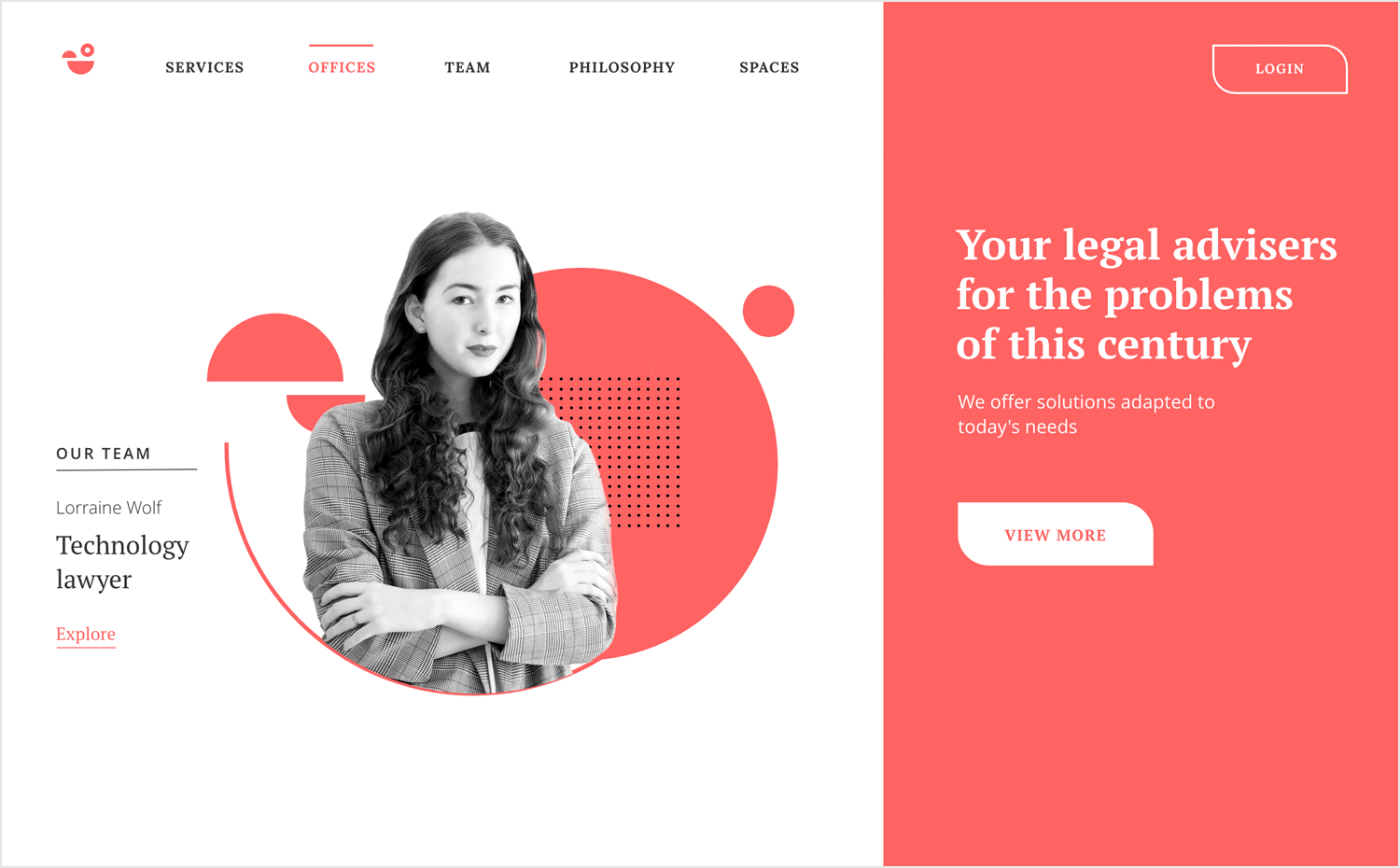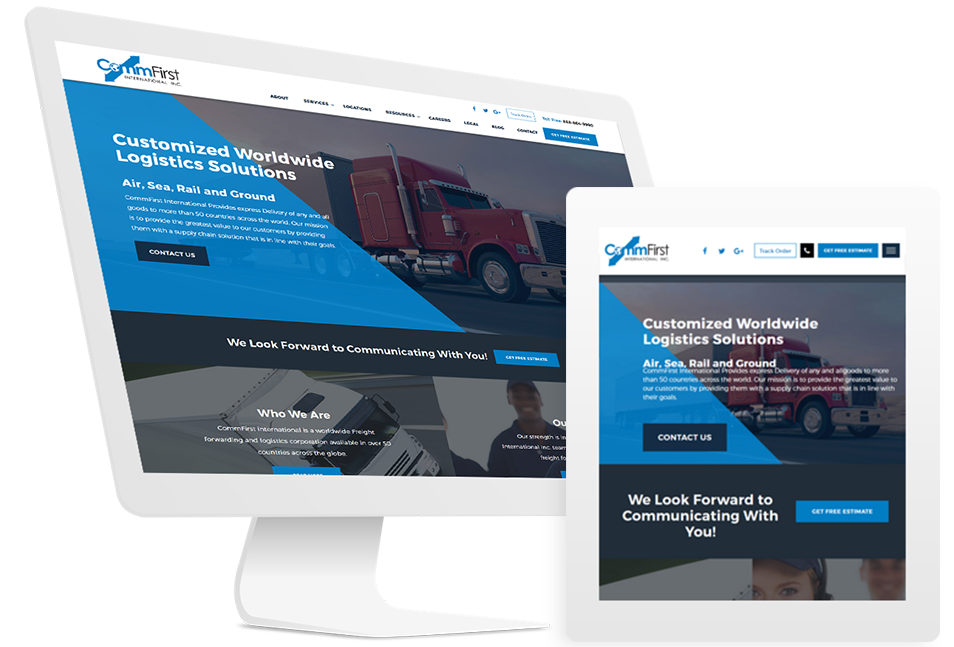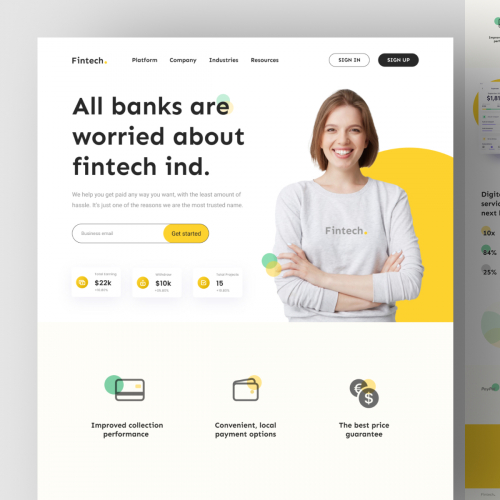Leading Tips for Creating an Impactful Site Layout That Transforms
To achieve this, one have to take into consideration a range of elements, consisting of recognizing the target audience, prioritizing user experience, and maximizing for mobile systems. The tactical usage of engaging call-to-actions and a well-defined visual power structure plays a critical function in directing users via their journey.

Understand Your Target Market
Comprehending your target audience is basic to efficient website layout, as it lays the foundation for creating an interesting individual experience. Identifying that your individuals are, including their demographics, preferences, and actions, allows designers to customize the site's web content, design, and functionality to fulfill particular demands.
Carrying out thorough market study is important in this procedure. Surveys, meetings, and analytics can offer beneficial understandings right into individual assumptions and pain points. By assembling this data, developers can create individual characters that represent various segments of the target market, ensuring that style choices are informed and appropriate.
In addition, understanding the target audience aids in selecting proper layout elements such as color systems, typography, and imagery that resonate with individuals. An internet site that speaks directly to its target market fosters a sense of connection and trust fund, encouraging longer check outs and greater conversion rates.
Ultimately, a user-centered method to web site design not only improves customer complete satisfaction however additionally sustains business objectives by driving interaction and commitment. By focusing on the demands and choices of the target audience, a site can efficiently offer its objective and achieve desired outcomes.
Prioritize User Experience
To enhance the general performance of an internet site, prioritizing user experience (UX) is vital (Website Design). A properly designed UX makes certain that site visitors can browse the website easily, locate details promptly, and engage with content meaningfully. This leads to raised individual contentment and greater conversion prices
Begin by applying user-friendly navigating. Menus should be rationally structured, permitting individuals to locate essential areas of the site with marginal initiative. Consistency in design components, such as shade plans and font styles, fosters knowledge, which is critical for keeping individual engagement.
In addition, take into consideration the packing speed of your internet site. A hold-up of just a couple of seconds can lead to substantial drop-offs, as individuals are less most likely to wait on a slow-loading web page. Enhancing pictures and maximizing code can improve performance and preserve visitors.
By prioritizing individual experience, you not only produce an extra enjoyable environment for visitors however likewise reinforce your brand name's credibility. Ultimately, a focus on UX is an investment in the long-lasting success of your web site.
Maximize for Mobile Devices
Optimizing for smart phones is important in today's electronic landscape, where a raising variety of customers accessibility internet sites via smartphones and tablet computers. A mobile-friendly design not only enhances user experience but also plays a significant role in improving online search engine positions. To accomplish this, it is vital to embrace a responsive style that immediately adapts to various screen dimensions and alignments.

Packing rate is another critical variable; mobile individuals are usually much less client and anticipate fast access to information. Maximize photos and utilize browser caching to improve performance. Lastly, examination your internet site on numerous devices and display resolutions to determine and rectify any type of potential use problems. By prioritizing mobile optimization, you ensure that your web site continues to be competitive and effectively engages a more comprehensive audience.
Usage Engaging Call-to-Actions
A site's efficiency usually hinges on its capability to lead site visitors toward desired actions, making engaging why not check here call-to-actions (CTAs) crucial components of style. CTAs act as the crucial factors that direct users to engage with the site, whether that indicates making an acquisition, enrolling in a newsletter, or downloading a resource.
To develop reliable CTAs, quality is critical. Use concise language that plainly connects the activity you desire the customer to take. Expressions such as "Get going," "Register Free," or "Store Now" not just share necessity but also eliminate ambiguity. The placement of CTAs is equally essential; they ought to be tactically positioned throughout the website to ensure they are quickly noticeable, specifically in high-traffic locations.
In addition, you could look here think about using directional signs, such as arrows or images, to direct customers toward these switches. By focusing on these components, organizations can considerably boost individual engagement, driving conversions and inevitably achieving their internet site's goals.
Concentrate On Visual Hierarchy
Efficient website style relies heavily on a well-structured aesthetic pecking order that overviews users with content effortlessly. By organizing aspects in a fashion that prioritizes info, designers can improve customer experience and facilitate decision-making. This includes making use of size, shade, comparison, and spacing strategically to accentuate the most important components of a website.
The usage of larger fonts for headings and subheadings develops a clear difference between different sections, permitting users to scan content easily. In addition, employing contrasting colors for switches and calls-to-action can record user attention and motivate communication. Whitespace is an additional essential element; it stops mess and makes it possible for users to concentrate on essential messages without diversions.
Photos and graphics need to complement the text while also i thought about this adhering to the recognized pecking order, enhancing the total message (Website Design). Uniformity in layout components, such as color pattern and typography, more reinforces the aesthetic power structure, making navigating intuitive

Conclusion
Finally, effective website design demands a thorough understanding of the target market, prioritization of individual experience, and mobile optimization. The calculated use of compelling call-to-actions and a well-defined aesthetic power structure additionally improves user engagement. By applying these concepts, web sites can accomplish higher conversion prices, making certain that style aspects not only bring in visitors but additionally assist in seamless navigating and communication. Eventually, a well-executed website layout functions as a vital component in driving customer actions and achieving organization goals.